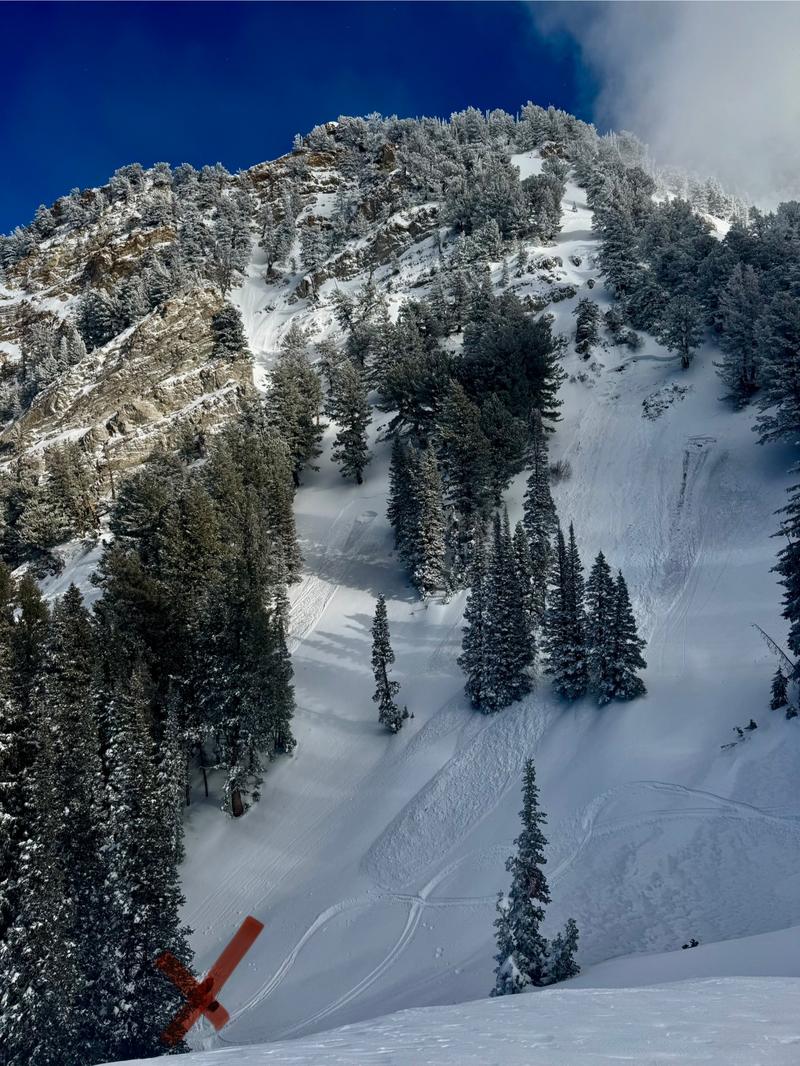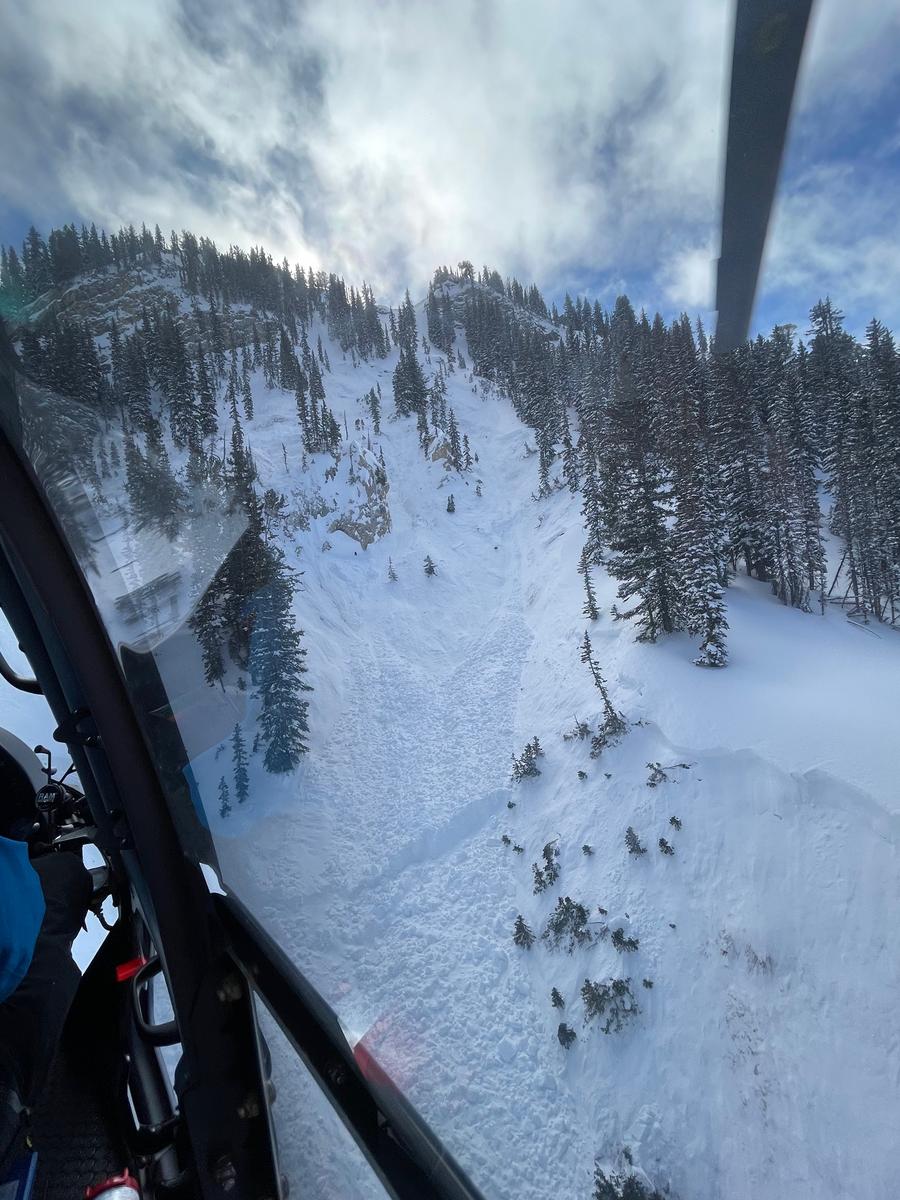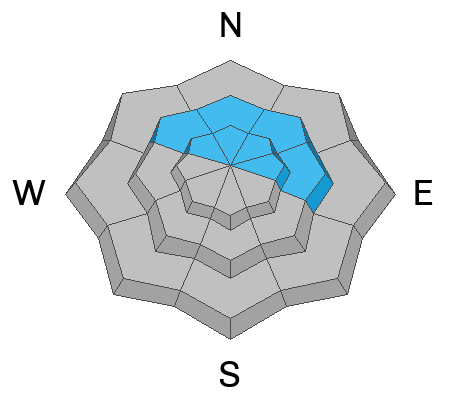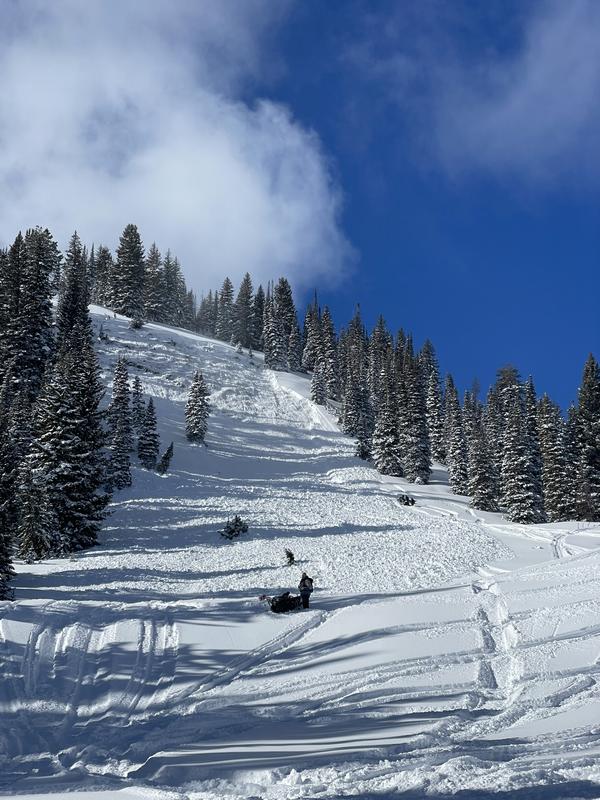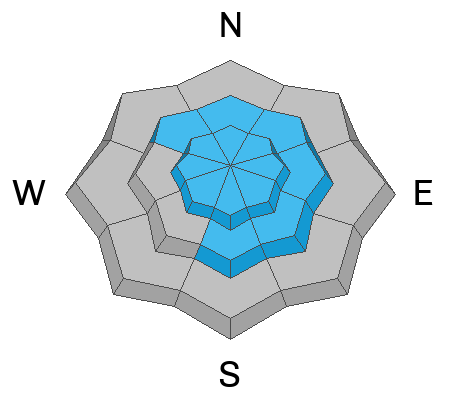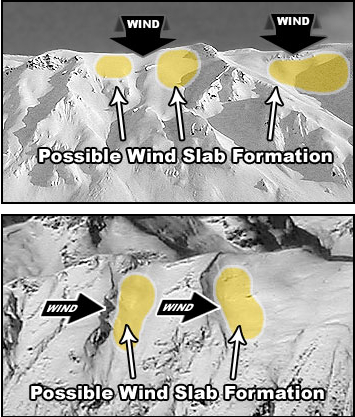Forecast for the Provo Area Mountains

Issued by Greg Gagne on
Friday morning, January 3, 2025
Friday morning, January 3, 2025
The avalanche danger is CONSIDERABLE on mid and upper-elevation aspects facing northwest, north, and east where a dangerous persistent weak layer exists. Human-triggered avalanches are likely and natural avalanches are possible. Avalanches may be 2-4 feet deep and hundreds of feet wide. Other than low-elevation southerly-facing slopes that have little or no snow, all other slopes have a MODERATE avalanche danger where human-triggered avalanches are possible.
Small, wet-loose avalanches are possible on low and mid-elevation northerly-facing slopes with today's warm temperatures.
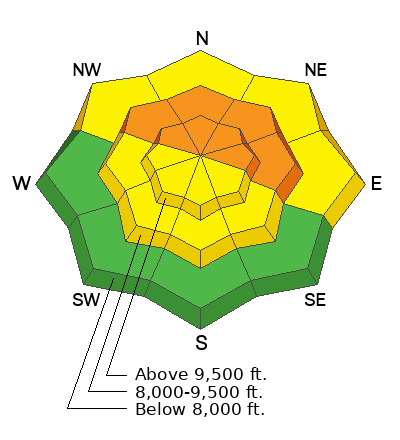
Low
Moderate
Considerable
High
Extreme
Learn how to read the forecast here


